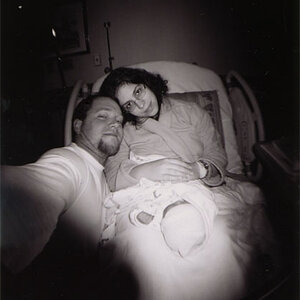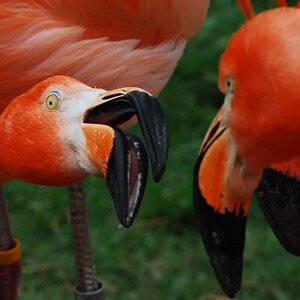PointandShoot12608
TPF Noob!
- Joined
- Feb 22, 2015
- Messages
- 2
- Reaction score
- 0
- Can others edit my Photos
- Photos NOT OK to edit
Ok, so I am very new to this. I am currently taking photography classes and we got an assignment of photojournalism. I have a few ideas but would like to get some input from other photographers.
Should I go with life as a father/policeman or fire fighter, or more of a tear jerker story?
Like I said I'm very new and appreciate all the input I can get.
Should I go with life as a father/policeman or fire fighter, or more of a tear jerker story?
Like I said I'm very new and appreciate all the input I can get.


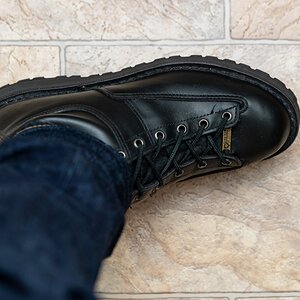


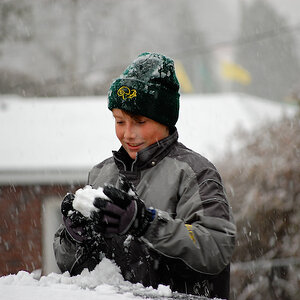
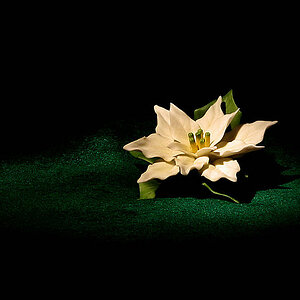
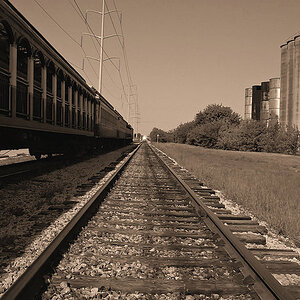
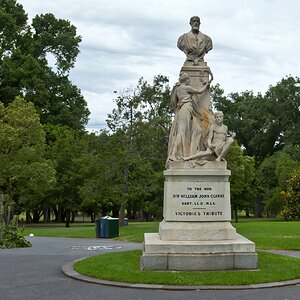

![[No title]](/data/xfmg/thumbnail/32/32809-afb9514cb8c02e2e41c241946e185251.jpg?1619735668)
